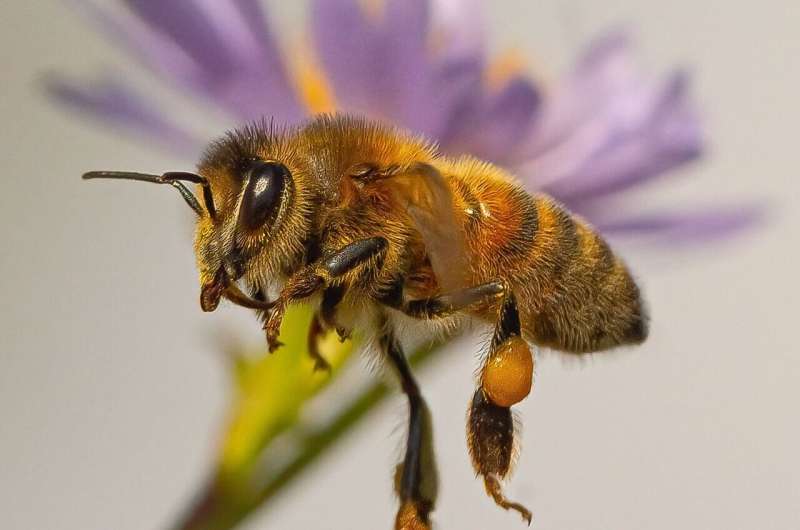Researchers are listening to insects in order to gauge environmental health
[ad_1]

Recent research conducted by the University of Massachusetts Amherst evaluated how well machine learning could identify different insect species based on their sound. These included malaria-carrying insects, grain-hungry worms, crop-pollinating cicadas and bees that pollinate crops.
Listening to insects allows us to monitor population changes and the health of our environment. The study, Published by: In the meantime, Journal of Applied EcologyMachine and Deep learning Ecologists and ecoacousticians are embracing these models as the gold standard for automated bioacoustics modelling. machine-learning Working together, experts can develop the technology to its full potential.
Laura Figueroa (assistant professor of environmental conservation and senior author) says, “Insects are the world’s most powerful creatures.” “Some are pests and disease vectors, while other pollinate nutritious plants and cycle nutrients. Insects are the foundation for ecosystems all around the world. They feed animals such as birds, fishes and bears. “Insects are everywhere, but it is difficult to gauge how their population is changing.”
In the age of chemical pesticides Climate Change With other environmental stressors and insect populations are changing drastically. Some species—like the pollinators that are annually responsible for Ecosystem Services estimated at well over $200 billion worldwide—seem to be crashing, while others, like mosquitoes that can carry malaria, dengue and other diseases, seem to be surging. It is difficult to accurately track the changes in insect populations.
Traditionally, sampling insect populations has involved sending entomologists to the field in order to collect and identify specific species. These methods, while reliable, are time-consuming, resource-intensive, and can be deadly to the insects they catch. AI can help here.
Figueroa says, “After working on the field for more than a decade, i can tell the different between a bee buzz and a flies buzz.” “Many insects, but not all of them, emit sound. We should be able to train AI models that can identify them by their unique sounds.”
In fact, such training is already happening—but which AI methods are best?
Figueroa, her colleagues and the lead author Anna Kohlberg (who completed this research in the Figueroa Lab) conducted a systematic review of literature to analyze studies using different types of automated bioacoustics to identify insects. They found models that covered 302 species across nine taxonomic classes. They divided the models into three broad categories, including non-machinelearning, machine learning and deeper learning.
The non-machine-learning models match insect calls with specific markers that humans designate as keys for identifying, such as a certain frequency band in the call of a katydid. The model then “listens”, for these specific, human-designated clues.
Machine learning relies on a flexible framework that allows it to match relevant patterns in sounds to bioacoustics information that has been previously trained.
Deep learning is a type of machine learning that relies on neural computational frameworks. Models The ability to identify relevant bioacoustics patterns with greater accuracy. It turns out that the models that use deep learning are the ones with the best success. Some of the best models can classify hundreds species with greater than 90% accuracy.
Kohlberg points out that AI has limitations and cannot replace all traditional monitoring techniques. The models require large data sets to train, and although they are improving at working with smaller sets, they still remain data-intensive. Furthermore, not all insects emit sounds—such as aphids. In addition, very noisy environments, such as an urban environment, may confuse sound-based monitoring.
“Automated Bioacoustics” is a tool that can be used to monitor these important organisms around the world.
More information
From buzzes and bytes: A systematic overview of automated bioacoustics used to detect, monitor, and classify insects Journal of Applied Ecology (2024). DOI: 10.1111/1365-2664.14630. besjournals.onlinelibrary.wile … 1111/1365-2664.14630
Provided by
University of Massachusetts Amherst
Citation:
Researchers are using automated bioacoustics (bioacoustics) to better gauge the health of the environment (2024, April 4).
Retrieved 4 April 2024
from https://phys.org/news/2024-04-automated-bioacoustics-insects-gauge-environmental.html
This document is protected by copyright. This document is protected by copyright.
No part of the website may be reproduced or copied without written permission. The content is only provided as information.
[ad_2]



